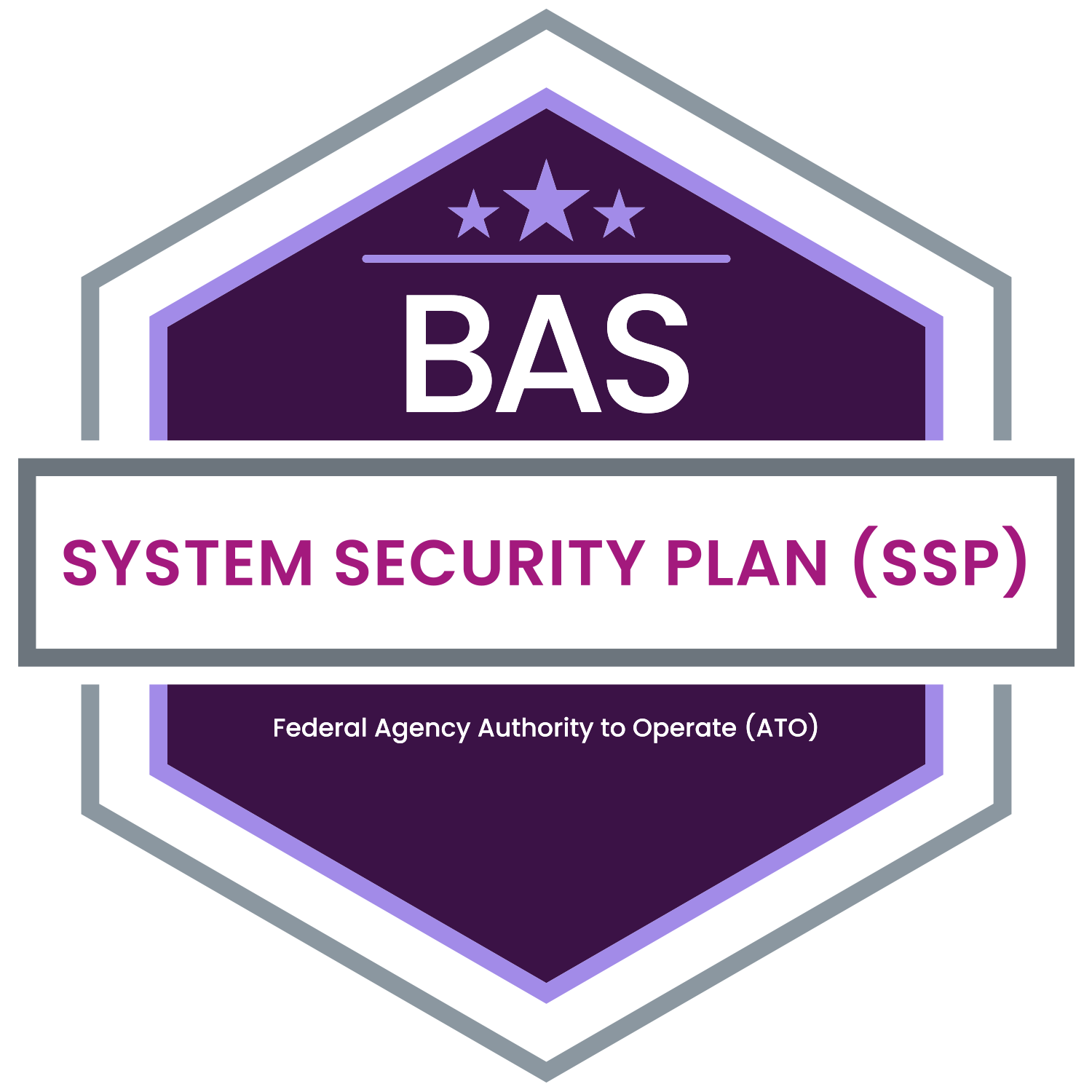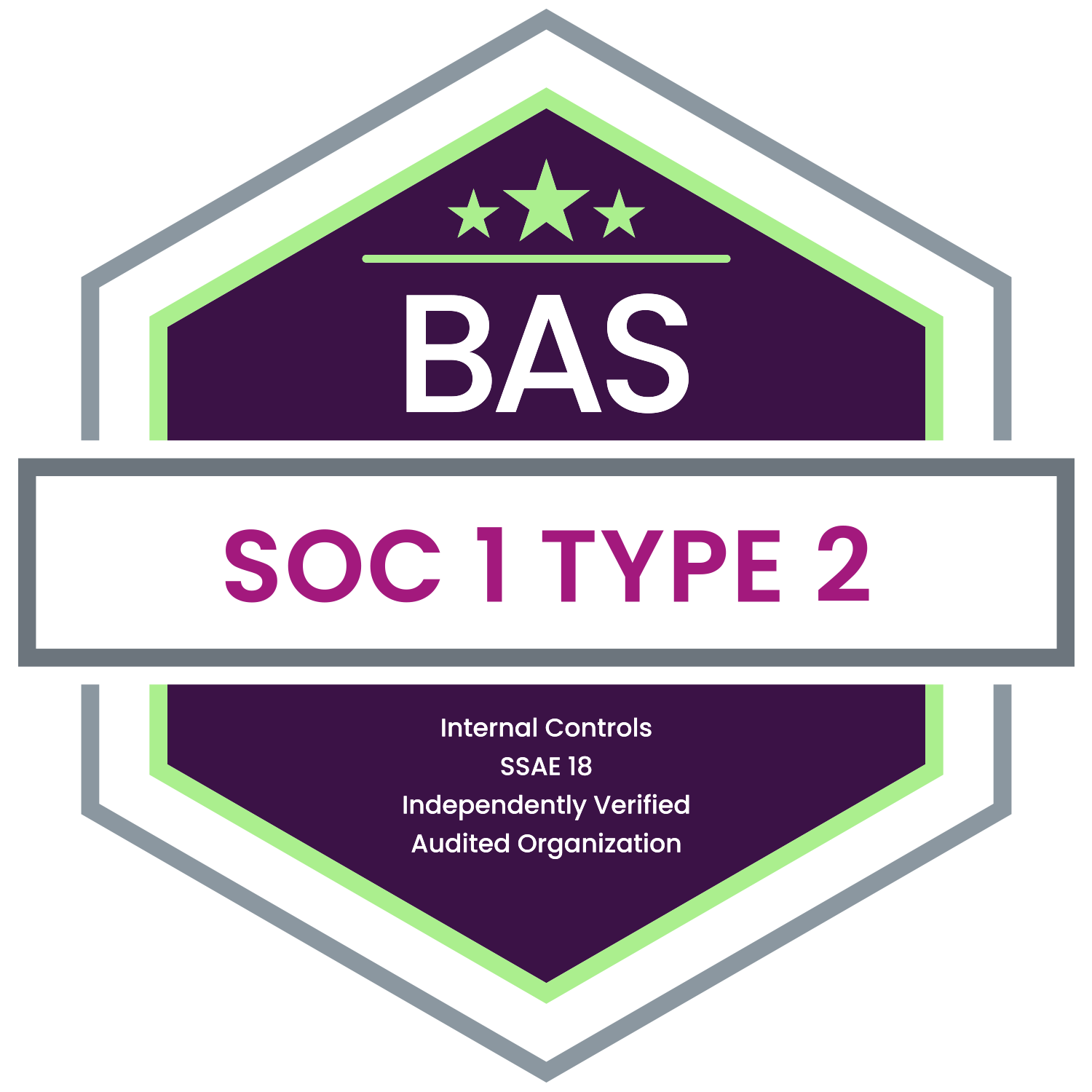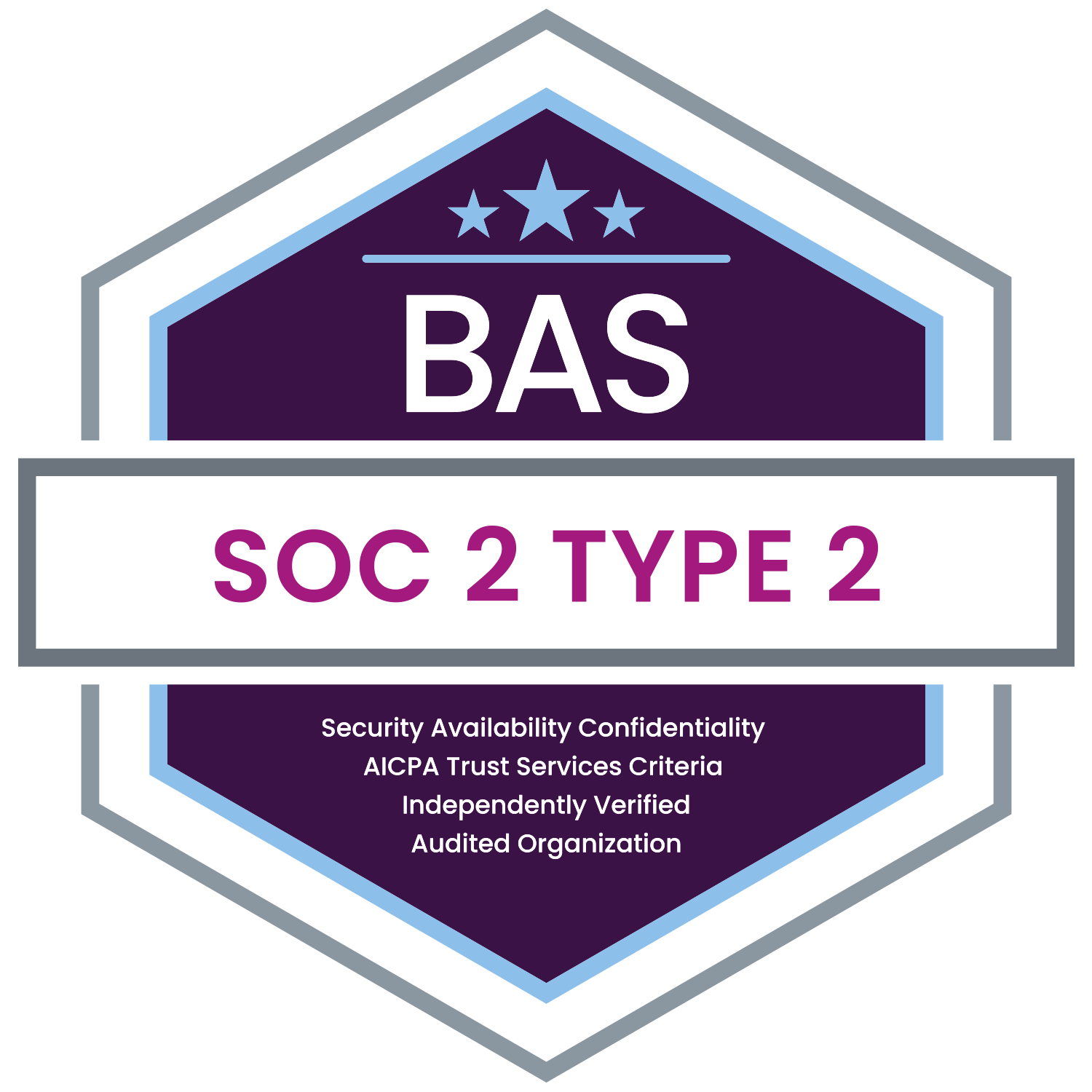HR departments handle sensitive information that makes them a natural target for cybercriminals. From payroll data to benefit elections, attackers know that impersonating HR can trick employees into letting their guard down. Recent attack campaigns highlight how fraudsters exploit trust in HR communications to steal credentials, deploy malware, and bypass traditional security defenses.
Payroll and Benefits Scams
One common tactic involves fake notices about payroll changes or benefit adjustments. These attacks prey on employees’ financial concerns. For example, an email might claim that “your direct deposit details must be updated” and include a QR code for verification. Because employees may scan QR codes on personal devices rather than secured workstations, attackers shift the target to an environment with fewer protections. This technique, sometimes called “quishing,” helps criminals avoid detection by corporate email security systems.
Urgent Policy Updates
Another recurring strategy involves fabricated HR policy changes. Attackers send messages that appear to come from HR leadership, referencing “updated guidelines” or “compliance requirements.” To heighten pressure, the emails often include same-day deadlines or warnings of negative consequences. Criminals increasingly leverage trusted cloud platforms to host the malicious content, making the emails look legitimate enough to slip past filtering tools. Employees under time pressure may click without verifying.
Retirement and Financial Benefits Lures
Phishing campaigns have also impersonated retirement plan administrators. By referencing 401(k) or pension updates, attackers exploit the sensitive nature of long-term financial security. Messages often mimic official templates and include fake account numbers or tracking references to appear genuine. In some cases, employees are prompted to download malicious attachments disguised as investment statements, giving attackers a foothold on corporate systems.
Contract and Document Fraud
Cybercriminals also exploit routine HR processes such as contracts, offer letters, or onboarding paperwork. Emails crafted to look like automated system notifications may contain links to credential-harvesting sites. Because these messages mimic familiar workflows, employees are more likely to comply without questioning their authenticity. Attackers often personalize subject lines with company names and dates, adding another layer of believability.
Defending Against HR Impersonation Attacks
For HR professionals, awareness is the first line of defense. Educating employees on how attackers exploit HR-related themes is essential. Best practices include:
- Training staff to verify unexpected requests for personal or financial data.
- Encouraging employees to report suspicious messages, even if they appear to come from HR.
- Reminding employees that HR will never require sensitive actions through QR codes or unexpected attachments.
- Working closely with IT to monitor for emerging tactics like malicious SVG files or cloud-hosted phishing sites.
Conclusion
Cybercriminals know that HR touches every employee, making HR-branded phishing attempts especially dangerous. By combining education, clear communication practices, and strong technical controls, HR leaders can help safeguard both their workforce and their organization from these evolving threats.
Benefit Allocation Systems (BAS) provides best-in-class, online solutions for: Employee Benefits Enrollment; COBRA; Flexible Spending Accounts (FSAs); Health Reimbursement Accounts (HRAs); Leave of Absence Premium Billing (LOA); Affordable Care Act Record Keeping, Compliance & IRS Reporting (ACA); Group Insurance Premium Billing; Property & Casualty Premium Billing; and Payroll Integration.
MyEnroll360 can Integrate with any insurance carrier for enrollment eligibility management (e.g., Blue Cross, Blue Shield, Aetna, United Health Care, Kaiser, CIGNA and many others), and integrate with any payroll system for enrollment deduction management (e.g., Workday, ADP, Paylocity, PayCor, UKG, and many others).
This article is for informational purposes only and is not intended as legal, tax, or benefits advice. Readers should not rely on this information for taking (or not taking) any action relating to employment, compliance, or benefits. Always consult with a qualified professional before making decisions based on this content.









